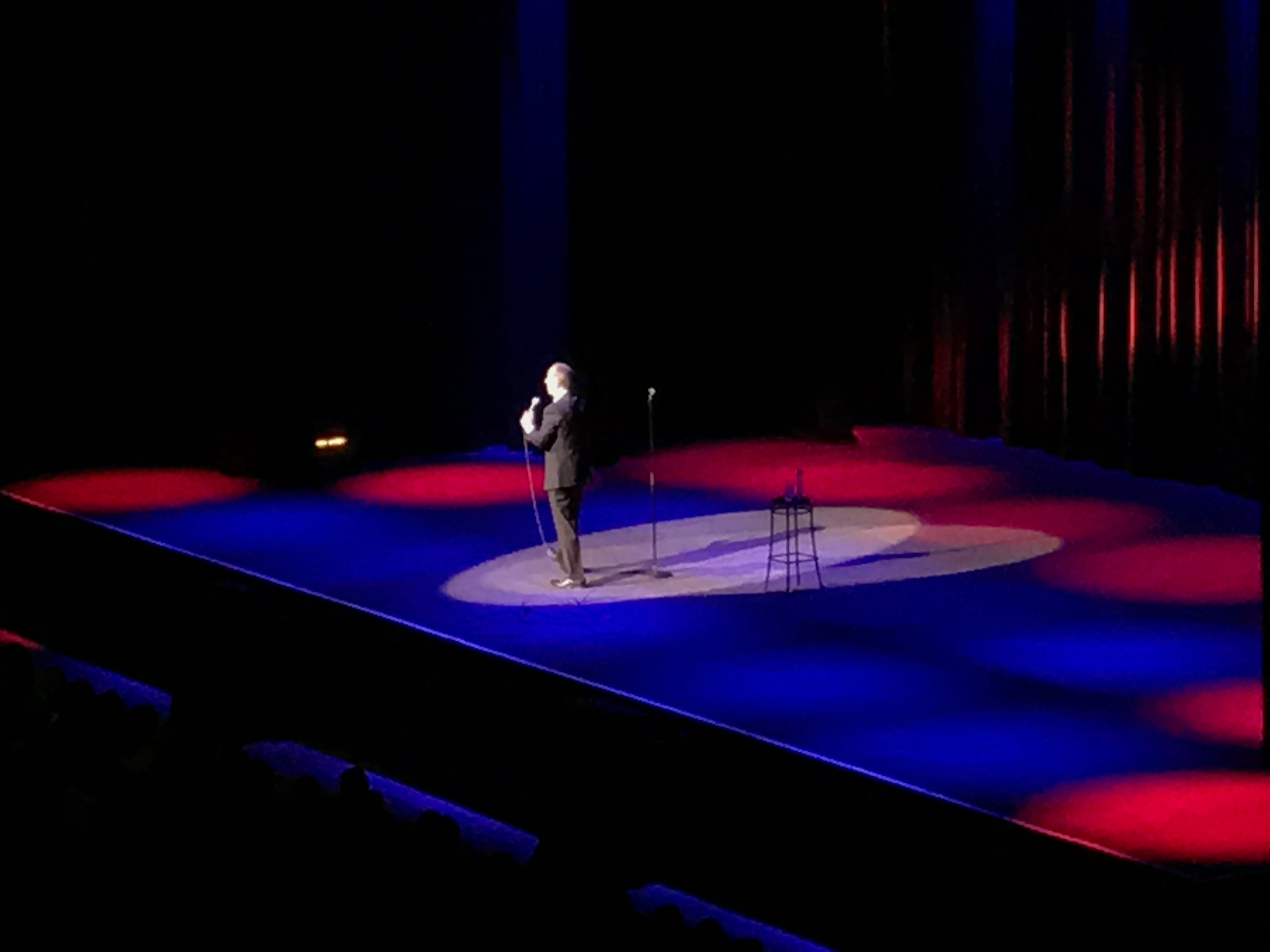I was browsing the Apple News app today when I came across this fantastic piece in The New York Times: ‘Is the Way Australia Funds the Arts a Recipe for Mediocrity?’.
Overall, the article explains how Australia lacks the funding and vision to encourage consumption of its own culture and artistic works. I couldn’t agree with this more and I’d love to go out on my own tangent here. (Make sure that you check out the full article though…)
Two major points stand out to me in the piece. The first is the matter of cultural cringe:
“Cultural cringe — in part, the tendency to overvalue the culture of Europe and North America and undervalue Australia’s own — lingers, many Australians in the arts argue. This, they say, plays into why the 28 majors, who mostly concentrate on traditional art forms and repertoire, are still so revered by those who manage government funding.
Professor Meyrick said that cultural cringe has lessened over the years, as Australia gained more confidence on the global stage. Yet this attitude is “still hard-wired into the administration of culture.”
I see evidence of this all the time. With friends and colleagues, discussions about television programmes and film always default to American productions. If mentioned shows are Australian, they’re almost always in the realm of reality TV. There is so much to be enjoyed on the government-funded free-to-air networks such as the ABC and SBS, with a multitude of home-grown drama, news, comedy and documentaries. Don’t even get me started on whether people go to theatres to see Australian plays. Such theatregoers do exist–I don’t wish to generalise–but it’s certainly not the norm.
Read on for the second point of note:
“Fundamental to the debate over funding is that Australia as a nation prioritizes sports over the arts. The last federal budget allocated nearly $75 million more to the Australian Sports Commission than to the Australia Council. According to a 2017 study by the broadband network N.B.N., Australians watch around 60 million hours of sports at home per week—about 2 and a half hours per person.
By contrast, some Australians regard the arts with suspicion, said Christopher Tooher, executive director of the annual Sydney Festival. Fifteen years ago, he said, the newly elected head of the government in the state of New South Wales felt the need to reassure the public that he was ‘a footy man’, referring to Australian Rules football, the national sport, ‘not an opera man’.”
The nation’s obsession with sport (particularly domestic sports such as rugby league, cricket and Australian rules football) is tiresome. Not only does it take too much time as a regular segment on daily news programmes, it swallows up other important spheres of daily life.
Perhaps my clearest memory of this fixation on sport is my time as a student in primary and high school assemblies. There were other extra-curricular activities for kids, such as debating, drama, photography, film cultural exchanges and vocational training, however, all assemblies contained at least 15 minutes of monotonous sport reports, as athletic school heroes were paraded in front of the bored school population. I never felt personally affected by this (other than lapsing in attention), but I am sure that others who were also not that athletic felt completley insufficient, as they were forced to watch the latest swimming champion was placed on a glorious pedestal.
Later, during my tertiary education (and even today), I frequently heard people say, “Oh, such-and-such is just doing an arts / creative arts degree because she/he didn’t know what else to do”. In general, the arts discipline and other creative fields are regarded as paths to zero employment. Areas such as sport, STEM and business are the ultimate symbols of success. The greatest leaps forward in society have in fact almost always come from the arts, whether from philosophers, sociologists, playwrights or musicians.
What’s particularly sad to me is that this attitude towards the arts has become so dismal, that it has even made it into an international American newspaper. I wish the Australian mainstream would turn its gaze to the wonderful pool of artistic talent in this country, spurring not only demand for Australian content but also increased funding.




